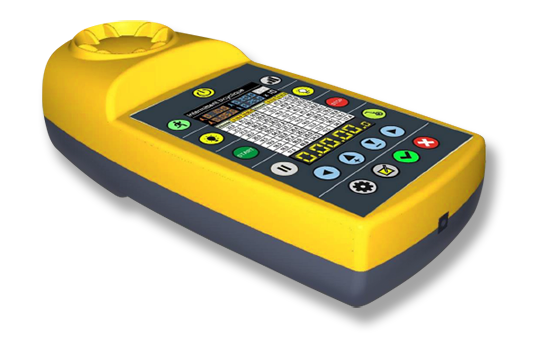Sportbeeper in schools
The introduction of Sportbeeper in schools represents a significant advancement in promoting an active and healthy lifestyle among students. By integrating this innovative tool into physical education programs, schools provide a practical and effective solution for assessing and improving students’ physical abilities.
First and foremost, the Sportbeeper enhances the quality of physical education by offering a standardized and accurate method for evaluating students’ fitness levels. With its precise timing and clear signals, the Sportbeeper ensures consistent and reliable results, allowing teachers to tailor their instruction to meet the needs of each student effectively.
Moreover, the Sportbeeper helps to reinforce the importance of physical education in the overall development of young people. By providing students with tangible feedback on their performance and progress, the Sportbeeper empowers them to take ownership of their health and well-being. This fosters a sense of responsibility and accountability, encouraging students to actively engage in physical activity and adopt lifelong habits of exercise and fitness.
1. Effective observation and coaching with SportBeeper
One of the main advantages of Sportbeeper is its ability to simplify and standardize fitness tests, such as the Navette Luc-Léger test. Unlike traditional methods that require manual timing or complex auditory cues, this tool emits a regular, distinct beep at each interval, making it easier to synchronize students’ movements during tests.
The integration of this tool in schools considerably improves the observation and supervision of students during physical activities. Firstly, it simplifies the testing process, allowing teachers to concentrate fully on monitoring students. With a regular beep at every interval, teachers can easily monitor student progress and identify any difficulties or needs for assistance.
This tool offers greater accuracy and reliability in measuring student performance. Results are recorded automatically and consistently, eliminating potential human errors associated with taking manual measurements or calculating scores. This enables teachers to gain a more accurate overview of each student’s fitness level, and to detect progress or areas for improvement more easily.
What’s more, this tool fosters an environment of encouragement and support among students. By taking part in standardized fitness tests with clear, objective results, students can compare themselves fairly, while motivating each other to perform at their best. Teachers can also use the data provided by Sportbeeper to provide constructive, individualized feedback to each student, helping them to identify their strengths and weaknesses and set personal progression targets.
2 Tracking student progress with Sportbeeper
The integration of this tool into physical education programs revolutionizes the learning experience for students, transforming them into interactive, motivating challenges accessible to all fitness levels. Thanks to this innovative tool, fitness tests become stimulating opportunities for students to measure themselves, to surpass themselves and to progress, whatever their initial level.
First and foremost, this tool offers a fun, dynamic approach to assessing students’ physical abilities. Tests become challenges, with the distinctive sound of the Sportbeeper serving as a starting signal and motivator for each test. This playful dimension encourages students’ active participation and creates a sense of healthy, stimulating competition within the class.
What’s more, Sportbeeper promotes inclusiveness by enabling every student to participate fully, regardless of their initial fitness level. Tests are tailored to meet individual needs and abilities, giving all students the opportunity to set personal goals and progress at their own pace.
Another major benefit of Sportbeeper is the instant feedback it provides to students. At the end of each test, results are immediately available, enabling students to track their progress over time. This real-time feedback encourages students to set performance goals and actively engage in their own physical development, cultivating a sense of responsibility and autonomy towards their health and well-being.


